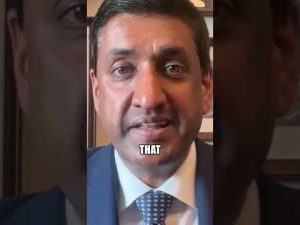In the chilling case of Bryan Kohberger, the prosecution and defense are preparing for a battle over the evidence and its interpretation in the court of law. As details of the case emerge, a peculiar photograph has surfaced—a selfie taken by Kohberger himself just hours after the murders he allegedly committed. The prosecution is ready to frame this photo with a narrative of cold calculation. It is being used to highlight features like Kohberger’s bushy eyebrows, which match witness descriptions of the intruder. They seek to paint a portrait of a man calmly documenting a monumental atrocity he has just perpetrated. This peculiar showing of nonchalance in the face of alleged recent violence raises more questions than it answers, further casting a shadow over Kohberger’s character and actions. To lay emphasis, they also might argue the psychological implications of such behavior post-crime.
On the flip side, the defense will attempt to dismantle this narrative by focusing on the absence of physical evidence of the crime in the photo. They will underline the lack of visible blood or physical injuries, such as cuts or bruises, which are typically associated with a struggle. In their strategy, they claim that there is no crime in being eccentric and that mere strangeness isn’t tantamount to guilt. Without clear signs of wrongdoing visible in the photo, the defense seeks to distance their client from the accusations, presenting these images as nothing more than an oddity in privacy rather than incriminating evidence.
Yet, the case against Kohberger is not built solely on strange selfies, for the prosecution holds significant evidence including DNA on a knife sheath that connects him to the crime scene. This, coupled with reports of unusual behavior, only heightens the suspicion. Moreover, his purchase of a knife similar to the one linked to the murder scene adds layers to the prosecution’s depiction of premeditation and intent. Such information adds gravity and substance to an already complicated and media-questioned case.
As the trial pushes forward, the nation’s focus will remain fixed on the proceedings, awaiting the scales of justice to tip one way or another. This trial is not merely about the evidence itself but also the story that each piece conveys in the larger narrative of crime and human behavior. Both sides will have to contend with public scrutiny and the weight of a very real tragedy that calls for truth and accountability, making for a dramatic unfolding in the halls of justice.







